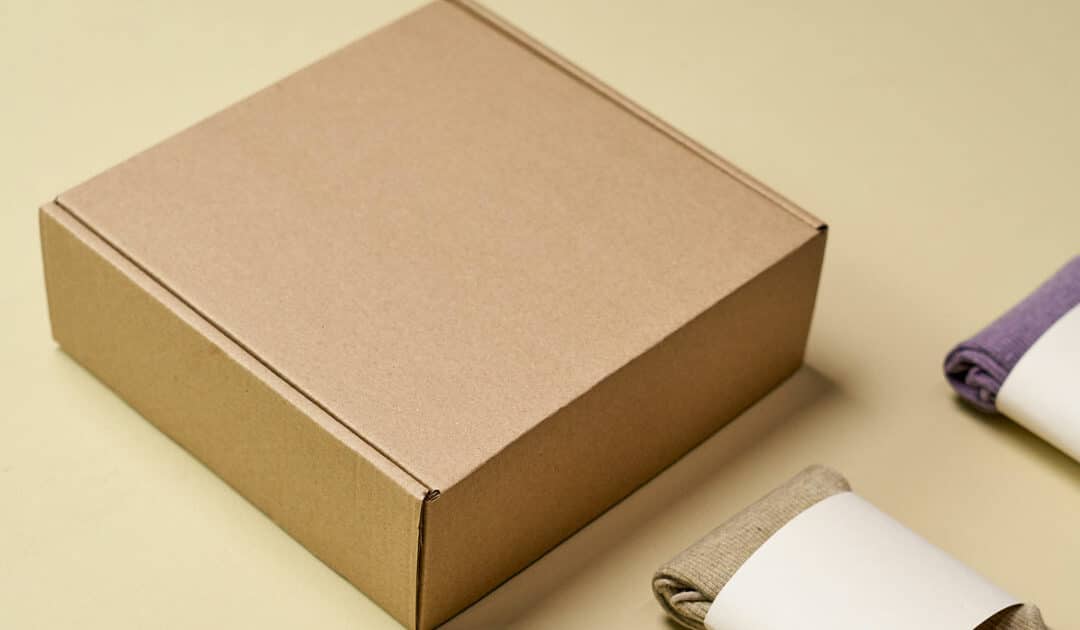Choosing the right packaging boxes is crucial for both the protection of your product and the perception of your brand. Whether you’re shipping items directly to customers or transporting goods between locations, the right packaging can prevent damage, reduce costs, and reinforce your brand messaging. This guide offers top tips on selecting the ideal packaging boxes that meet your specific needs.
With numerous options available, it might seem daunting to select the perfect box type, material, size, and design. However, understanding your requirements and knowing what each option can offer will help you make an informed decision. From assessing strength and durability to considering sustainability, let’s delve into essential tips to choose the right packaging solutions.

Understanding Different Types of Boxes
Recognizing different types of packaging boxes is the first step in making an informed choice. Among various types, Regular Slotted Carton (RSC) boxes are one of the most common and cost-effective solutions. These boxes are ideal for a wide range of products. The RSC Packaging Boxes provide an excellent balance between protection and ease of assembly which makes them a popular choice for many businesses.
RSC boxes come in various dimensions which can be tailored to suit the specific size of your product, reducing material waste and shipment volume. They are also easy to recycle and can be ordered in bulk quantities, further cutting down per-unit costs for large scale operations. Understanding these key benefits will help you determine if RSC boxes fit your logistical and budgetary requirements.
Material Matters: Choosing the Right One
The material of your packaging box plays a pivotal role in ensuring product safety during transit. Corrugated cardboard is widely appreciated for its sturdy yet lightweight nature which helps in minimizing shipping costs without compromising on protection. It provides excellent resistance against bumps and drops with its multi-layered structure.
For more delicate or luxury items, consider double-walled or custom inserts that can provide extra cushioning. Evaluate your product’s weight, fragility, and risk factors like moisture exposure when choosing packaging materials. Environmentally conscious brands should look into sustainable options such as recycled or biodegradable materials to appeal to green consumers.
Size and Fit: Precision Packaging
Selecting the right size for your packaging box not only ensures optimal protection but also helps in reducing shipping costs by eliminating unnecessary void spaces. Custom-fit packaging minimizes movement inside the box during transit, significantly reducing the chance of damage.
Start by measuring your product dimensions accurately and consider any additional padding or inserts you plan to use. Ensure there is just enough room for these protective materials without adding superfluous bulk. Resources like online calculators or consultations with packaging specialists can assist in determining the perfect box dimensions for each unique item.
Printing and Design Options
The exterior design of your packaging box provides an opportunity to strengthen brand recognition and connect with customers before they even open it. Consider high-quality printing options that can showcase your logo, company colors, or other design motifs effectively.
In addition to aesthetics, ensure that any printed instructions such as ‘fragile’, ‘upward’, or ‘stacking limits’, are clear and visible to facilitate safe handling during shipping. The quality of the printing ink and technique also matters to prevent smudging or fading which could diminish brand perception.
Sustainability Considerations
In today’s environmentally aware market, opting for sustainable packaging solutions can boost your brand identity while contributing positively to environmental conservation. Research eco-friendly materials like recycled content boxes or those sourced from responsibly managed forests (FSC certified).
Moreover, designing a box that is precisely sized for your products not only reduces waste but also diminishes excess use of packing fillers made from non-recyclable materials. Encourage recycling by opting for easily disassemble designs and printing recycling instructions directly on the box itself.
In conclusion, selecting suitable packaging boxes involves careful consideration of various factors including type, material, size, design, and environmental impact. By taking an informed approach based on these tips you’ll enhance customer satisfaction while aligning with business efficiencies and sustainability goals.
This comprehensive guide aims to equip businesses with knowledge vital for making smart choices about their packaging options. Remember that every tiny detail can matter significantly when it comes to packing – impacting everything from shipping costs to customer experience.

